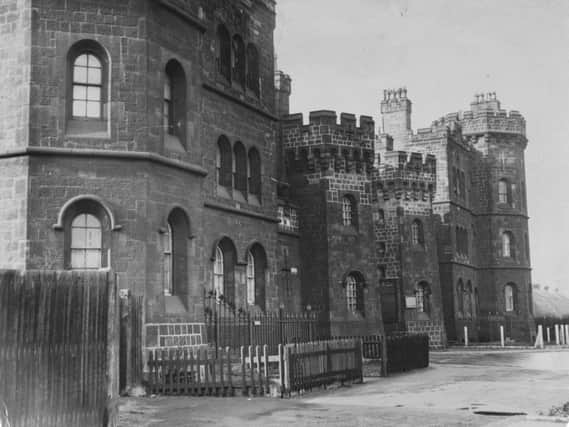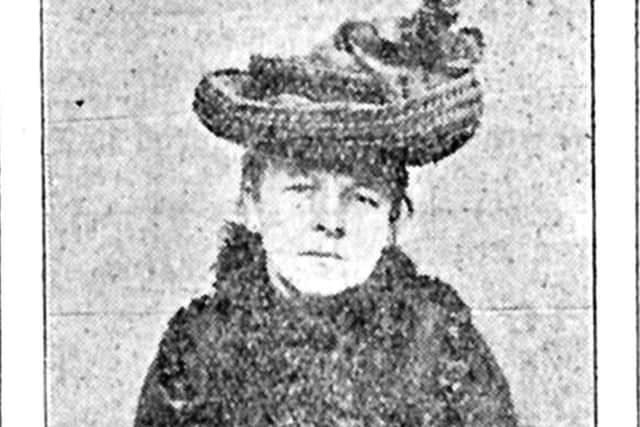Murder, Mystery and My Family: Story of executed Yorkshire mother features in BBC crime series


Murder, Mystery and My Family explored the life and death of Emily Swann, a 42-year-old mother of five whose abusive and hard-drinking spouse, William, was killed by her lover, their former lodger John Gallagher in Wombwell, near Barnsley.
Emily's physical role in William's death in a violent assault was never proven but she was convicted of murder alongside Gallagher and the pair were hanged together at Armley Prison in 1903.
Advertisement
Hide AdAdvertisement
Hide AdEmily's great-granddaughter, the author Felicity Davis, has written a book arguing that her ancestor's tragic life circumstances led to her becoming a victim of a harsh and patriarchal Victorian justice system.


In the programme, she teams up with barristers Jeremy Dein and Sasha Wass to discover more about the case.
Felicity has felt the ramifications of Emily's violent life and execution echo down the generations. Emily's daughter Elsie, Felicity's grandmother, was abusive towards Felicity as a child. Felicity believes that if Emily were tried today, she would be less likely to convicted of murder due to her experience as a 'battered wife'. She was illiterate, had lost other children and had been forced into prostitution to feed her surviving family.
Felicity, a former secondary headteacher in Scarborough, spoke to the Yorkshire Post in 2011 about the dark family past she uncovered while researching her book, Guard a Silver Sixpence.
Advertisement
Hide AdAdvertisement
Hide AdShe had always been told by her grandfather that Elsie's cruelty was caused by the childhood experience of seeing her mother sentenced to death for her father's murder.
The notoriety of the Wombwell Murder and its aftermath affected all of Emily's children, who had to live with shame, social stigma and isolation. Elsie was the youngest of the five. Felicity managed to trace letters Emily had written to her own mother, Hannah, from jail.
“For most of her married life, Emily was brutally beaten by her husband, a glass blower, who drank heavily and squandered the family’s money while Emily was left to bring up the children. She was a volatile woman, but in this day and age she would have been protected.”
But at the turn of the century there was no such protection for abused wives. And when Bill Swann’s beaten body was discovered in his own home the finger was pointed at Emily and John Gallagher.
Advertisement
Hide AdAdvertisement
Hide AdEmily’s own childhood had been hard. Felicity discovered through reading newspaper cuttings from the time that many members of her family had been killed in the Oaks pit disaster in 1866 in which 286 men died in an underground explosion. Had the Oaks tragedy not happened, then Emily’s fate might have been different and Elsie may not have become so cruel.
Emily always denied wanting her husband’s death or being involved in it, but the authorities had already formed prejudices about her lifestyle.
“People made assumptions about her and did not take into account what she had been through during her married life. I do feel that through the book something has been put to rights.”
Before she was hanged, Emily’s sisters and her children travelled to Leeds to visit her in jail. But young Elsie was not allowed in to see her mother as she was deemed too young. Instead, she was left with a prison warden who asked her to guard his silver sixpence as a way of distracting her, hence the name of the book.
Advertisement
Hide AdAdvertisement
Hide AdAfter Emily was hanged, Elsie was shunted from relative to relative while being taunted about the circumstances of her parents’ deaths and became a sullen, unhappy child. She married and became pregnant at 18.
Murder, Mystery and My Family is available on BBC iPlayer.